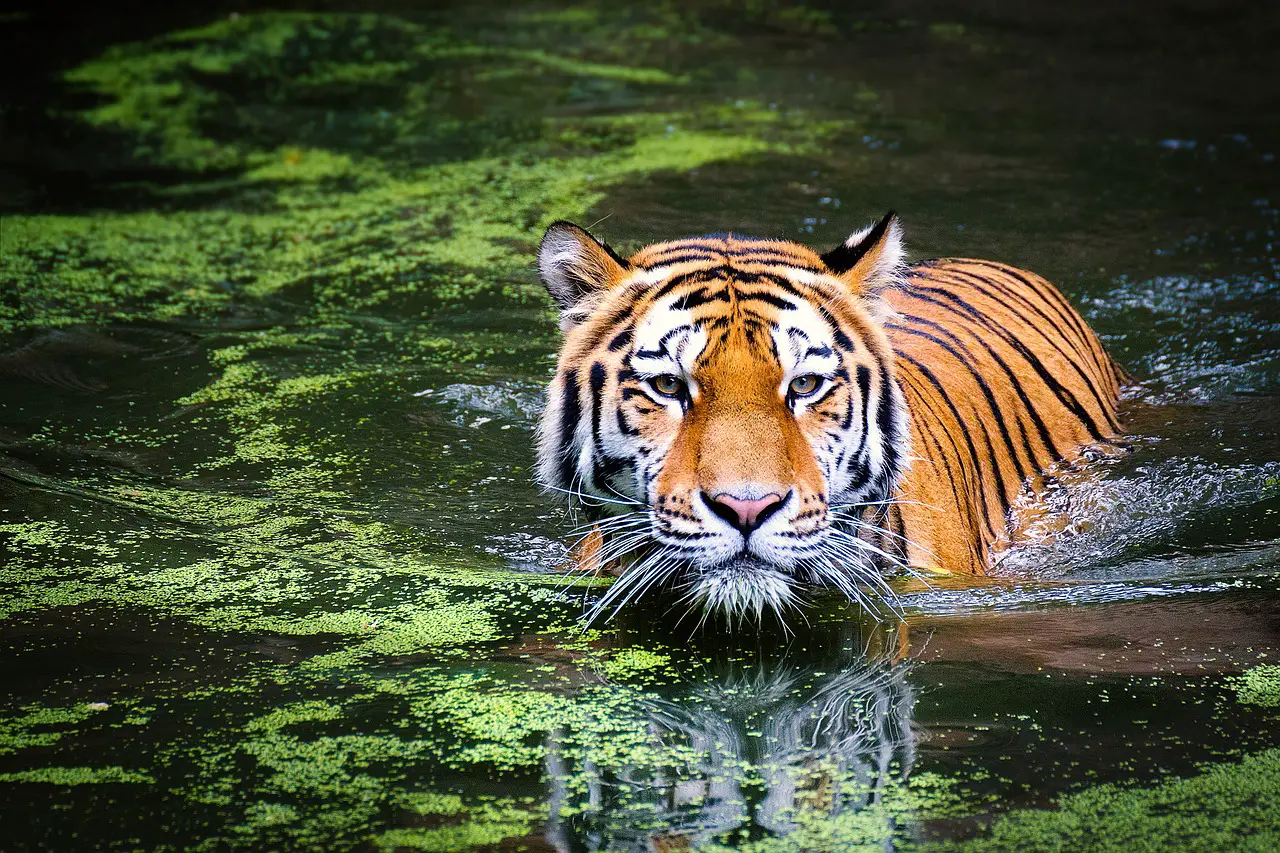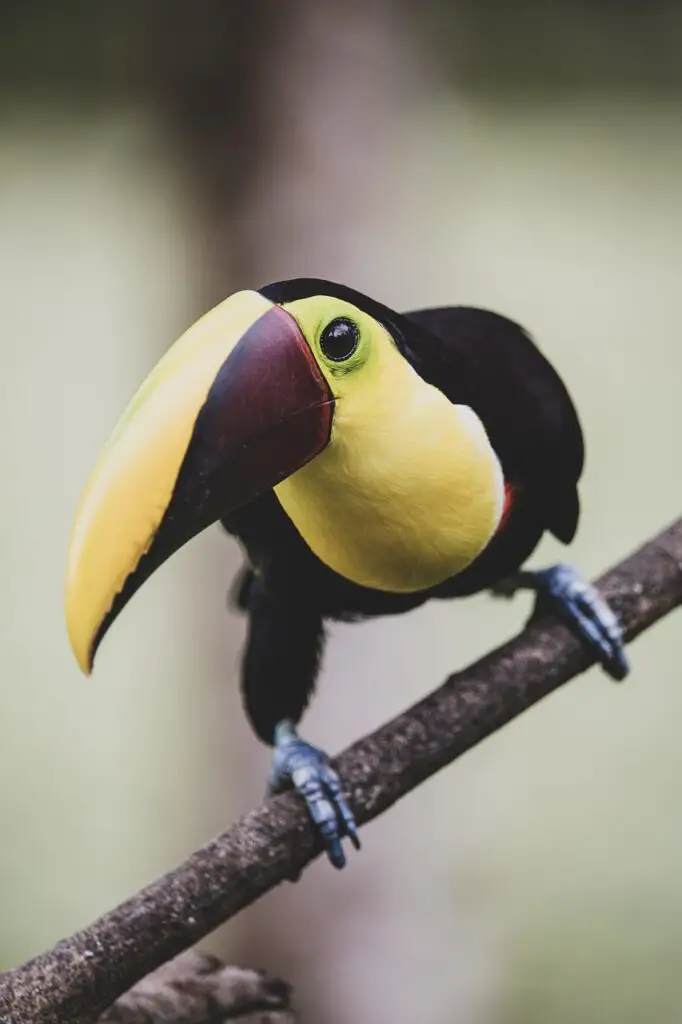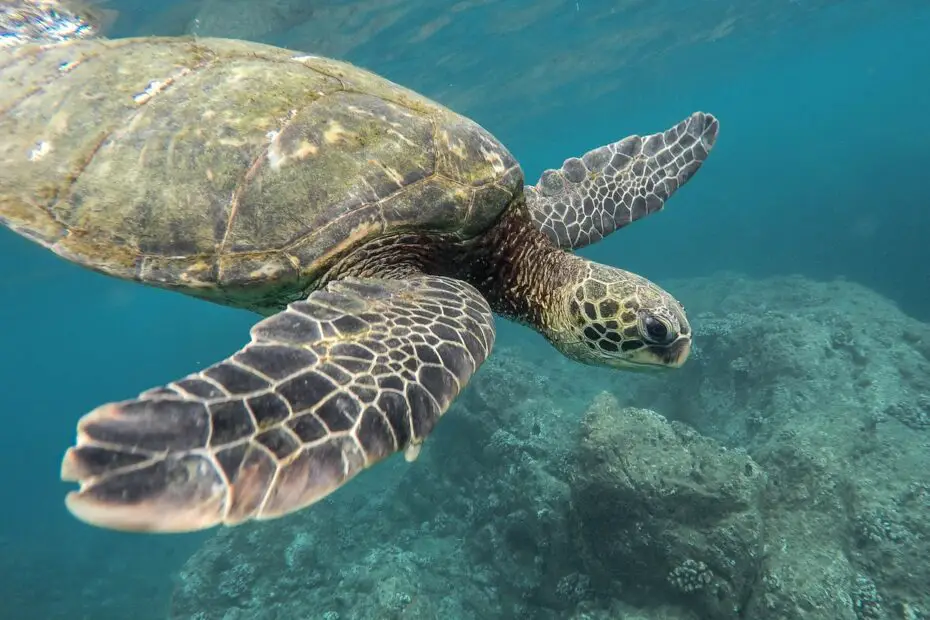The animal kingdom is a vast and diverse realm, housing a multitude of fascinating creatures. In this article, we will embark on an exciting journey to explore a selection of animals that start with T. From majestic predators to curious herbivores, let’s dive into the mesmerizing world of these remarkable animals.
You may also want to read about animals that start with S.
Tiger
The tiger, known for its awe-inspiring beauty and strength, holds a prominent place in the animal kingdom. With its striking orange coat adorned with dark stripes, the tiger roams the forests and grasslands of Asia. Step into the tiger’s domain and discover its powerful presence and stealthy hunting techniques.

Turtle
Turtles, with their hard shells and gentle demeanor, captivate both land and water environments. These ancient reptiles have inhabited the Earth for millions of years, showcasing incredible resilience and adaptation. Delve into the world of turtles, from the graceful sea turtles gliding through the ocean to the terrestrial turtles meandering through forests and deserts. Turtles are Animals That Start with T.
Tarantula
The tarantula, often associated with fear and intrigue, is a formidable creature found in diverse habitats around the world. Contrary to popular belief, most tarantulas are harmless to humans and play a vital role in maintaining ecological balance. Discover the fascinating world of tarantulas, from their intricate web-building abilities to their unique mating rituals.
Tasmanian Devil
Native to the island of Tasmania, the Tasmanian devil is a carnivorous marsupial known for its ferocious demeanor and spine-chilling vocalizations. Despite its small size, this iconic Australian animal possesses immense strength and a tenacious appetite. Unravel the mysteries of the Tasmanian devil and explore its habitat, behaviors, and the conservation challenges it faces.
Toucan
The toucan, with its vibrant plumage and distinctive oversized beak, adds a splash of color to the tropical rainforests of Central and South America. These charismatic birds are known for their playful nature and remarkable vocalizations. Immerse yourself in the world of toucans and explore their intricate social interactions and fascinating feeding habits.

Unique Characteristics and Behaviors
Each of these animals possesses a set of unique characteristics and behaviors that make them stand out in the animal kingdom. From the tiger’s powerful pounce to the turtle’s ability to retract into its protective shell, we will explore the distinct traits that define these creatures.
Habitat and Distribution
Understanding the habitats and distribution patterns of these animals is key to appreciating their role in their respective ecosystems. We will delve into the environments they inhabit, ranging from the lush rainforests to the vast savannahs, and examine the factors that shape their geographical distribution.
Conservation Status and Threats
Conservation efforts are crucial for safeguarding the future of these incredible animals. We will assess the current conservation status of each species and discuss the primary threats they face, including habitat destruction, poaching, climate change, and human-wildlife conflicts.
Importance in the Ecosystem
Every animal plays a vital role in maintaining the delicate balance of its ecosystem. We will explore how these animals contribute to their respective habitats, such as the tiger’s role as a top predator or the turtle’s influence on aquatic ecosystems, highlighting their importance in maintaining biodiversity.
Interactions with Humans
Cultural Significance
Throughout history, humans have forged cultural connections with animals, often incorporating them into folklore, mythology, and art. We will uncover the cultural significance of these animals, such as the tiger’s revered status in Asian cultures or the toucan’s representation in indigenous traditions.
Wildlife Conservation and Education
The conservation of these animals relies on human efforts to protect their habitats and raise awareness about their importance. We will delve into the realm of wildlife conservation initiatives, including research, rehabilitation, and educational programs aimed at fostering appreciation and understanding of these unique creatures.
Conclusion
Animals that start with the letter “T” bring a sense of wonder and fascination to the natural world. From the majestic tiger to the captivating turtle, each species possesses its own set of remarkable traits and behaviors. By celebrating and understanding these animals, we can contribute to their conservation and ensure their continued presence on our planet for generations to come.
Frequently Asked Questions (FAQs)
- Are tigers endangered? Yes, tigers are endangered due to various factors such as habitat loss, poaching, and human-wildlife conflicts. Conservation organizations and governments are working diligently to protect tiger populations and their habitats through initiatives like anti-poaching efforts and establishing protected areas.
- Can turtles retract their heads into their shells? While many turtle species can retract their heads partially into their shells, not all turtles can completely retract their heads. The ability to retract their heads provides them with an extra layer of protection from predators.
- Do toucans only eat fruits? Toucans primarily feed on fruits, but their diet also includes insects, small reptiles, eggs, and even other birds. Their beaks, although large and colorful, are surprisingly lightweight and enable them to pluck fruits from tree branches with ease.
- Are tarantulas venomous? Most tarantula species possess venom, which they use primarily to immobilize their prey. While their venom can cause discomfort to humans, tarantulas are not considered highly dangerous to humans unless an individual has an allergic reaction.
- Why are Tasmanian devils endangered? Tasmanian devils face multiple threats to their survival, including a contagious and often fatal cancer called Devil Facial Tumor Disease (DFTD). Habitat loss, road accidents, and competition with other predators have also contributed to their decline. Conservation programs aim to protect the remaining populations and find solutions to combat DFTD.
